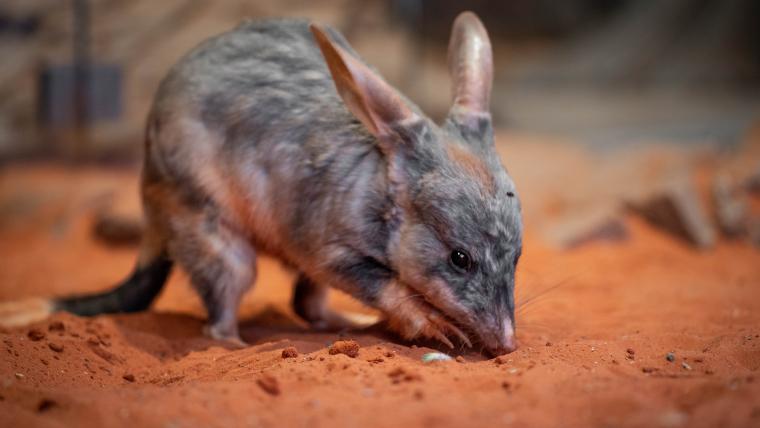
Saving Australia’s Easter Bunnies from becoming a myth
Darkness descends over the Outback. Cicadas end their day-long serenades, and the landscape settles into silence. But beneath the desiccated earth, something awakens. Like clockwork, a pair of large, pink ears emerge from a hole in the ground. Rotating them in every direction, the creature listens out for any sign of danger before scampering off into the bush. Better known as Australia's Easter Bunny, the greater bilby is on the hunt for a feast.
Burrowing in the torrid regions of mainland Australia, these marsupials belong to the bandicoot group. Nocturnal, bilbies come out at night to forage and can be easily spotted by their pointy snouts and rabbit-like ears. These features are vital for their survival. Acting as radars, their ears can detect prey and regulate their body temperature while buried in the soil. With poor eyesight, these ground-dwellers rely on a powerful sense of smell to sniff out grub. Guided by their muzzle, they lap up bulbs, insects, fruit, fungi, and lizards with a long, sticky tongue.
Despite their small size, bilbies play a significant role in their ecosystem. To escape the searing sun and cunning predators, they carve out an intricate tunnel system which spirals seven metres below the surface. This subterranean labyrinth provides a place of refuge to more than 45 species. By digging multiple burrows a day, bilbies also help aerate the soil, keeping it fertile for indigenous flora.
But these fuzzy miners are slowly becoming a myth. Once inhabiting over 80 percent of the continent, bilbies are now vulnerable with less than 10 000 left in the world. Over the last decade, habitat loss and predation by foxes and feral cats have significantly reduced the number of greater bilbies. Facing similar threats, the lesser bilby went extinct in 1950.
To ensure the only remaining species of bilby does not suffer the same fate, the Save the Bilby Fund has established an intensive breeding programme. Joeys are released into predator-proof enclosures where their populations can safely recover. Without bilby warrens, the delicate ecosystem of the Outback risks falling out of balance. Saving even the smallest creatures can determine the course of the environment’s future.


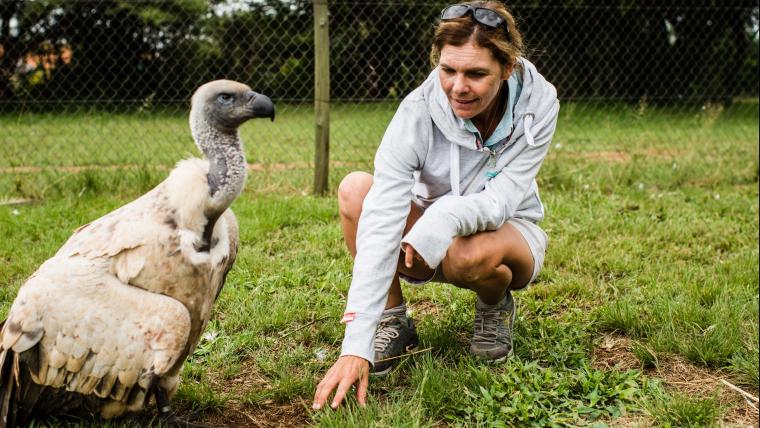

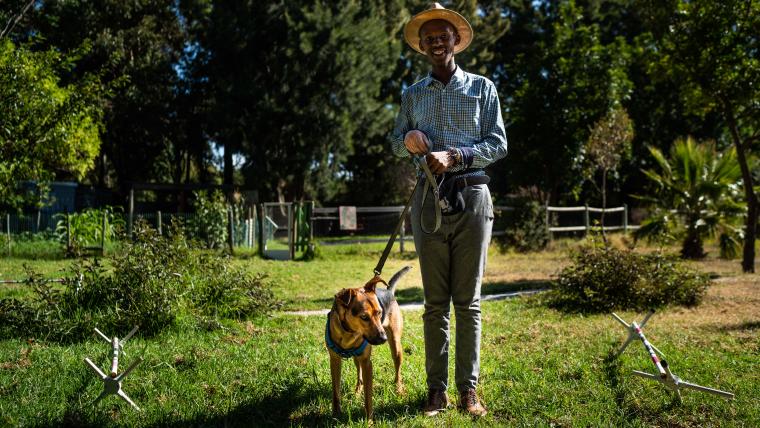

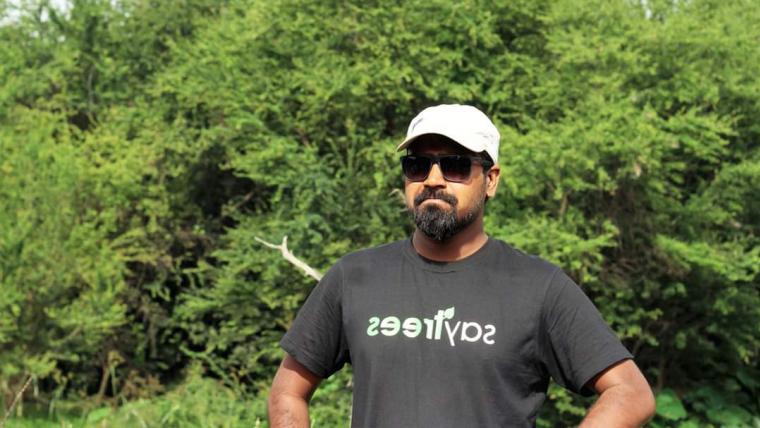
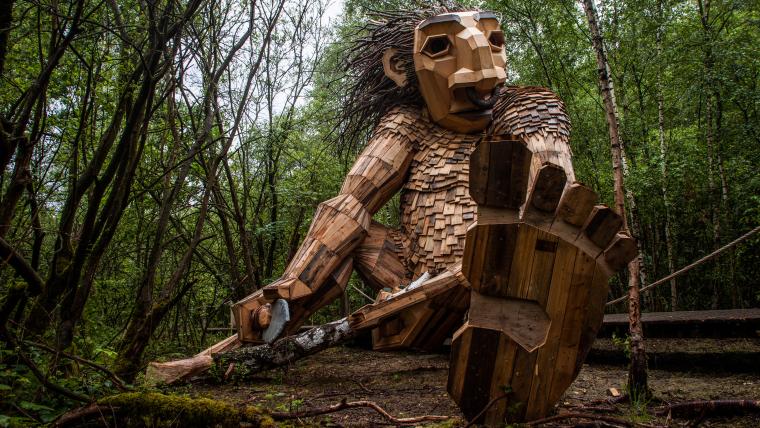
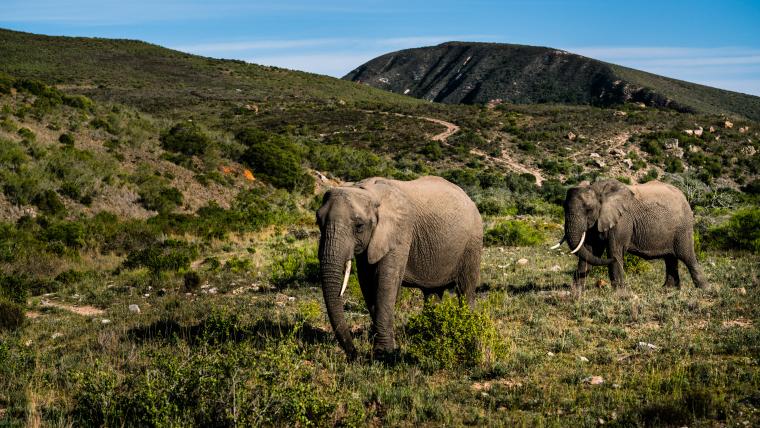
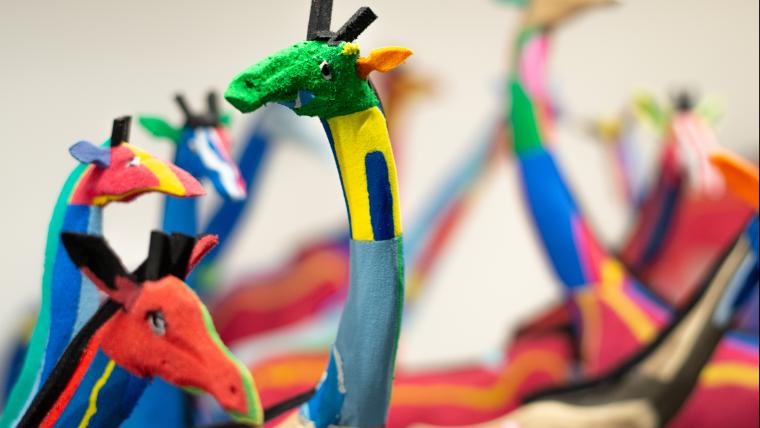




















Please sign in to leave a comment